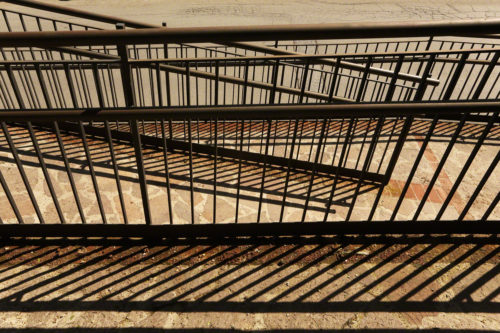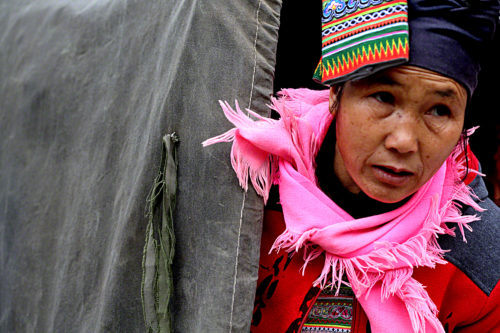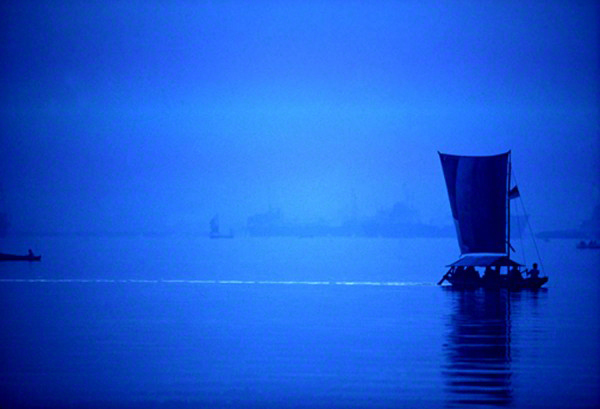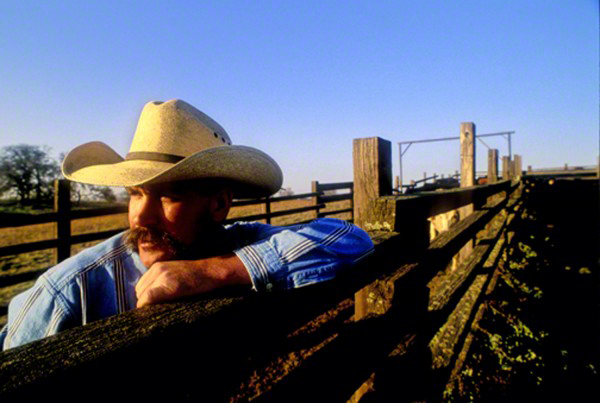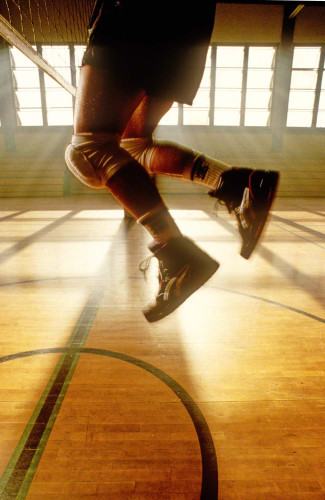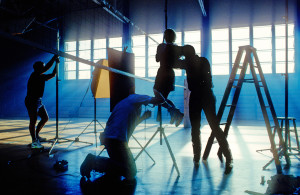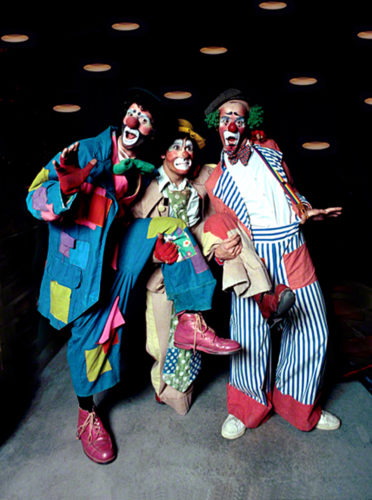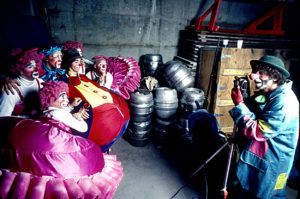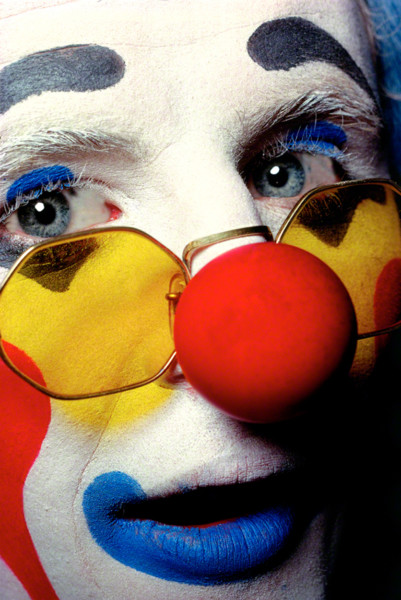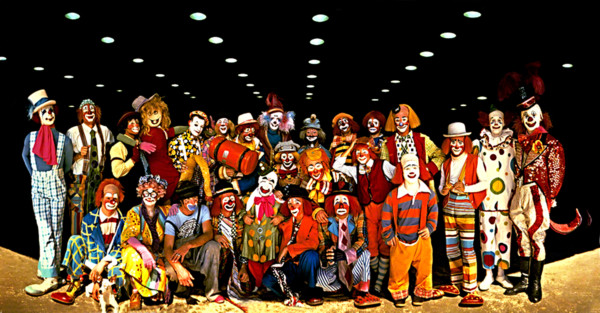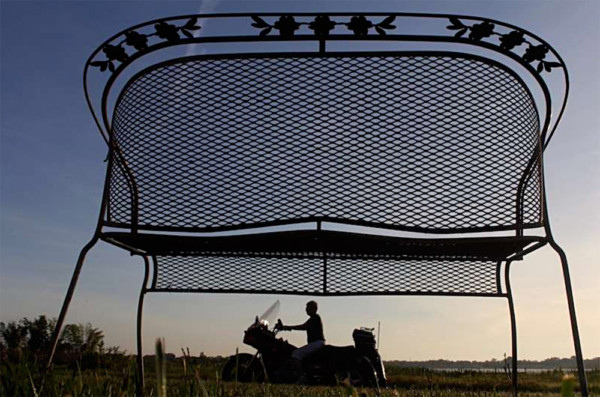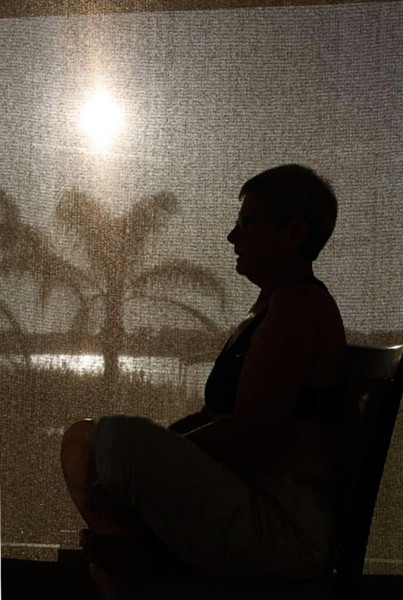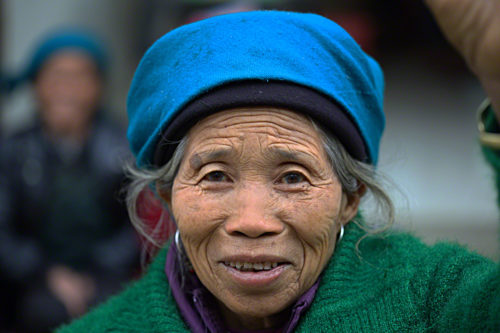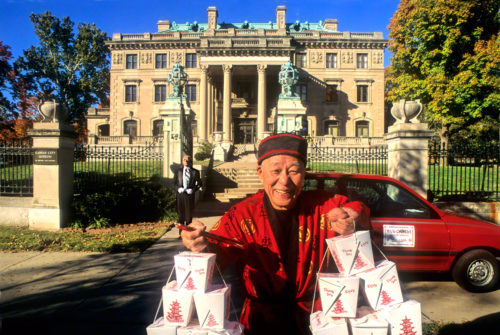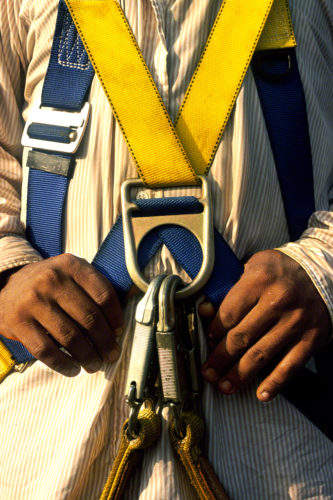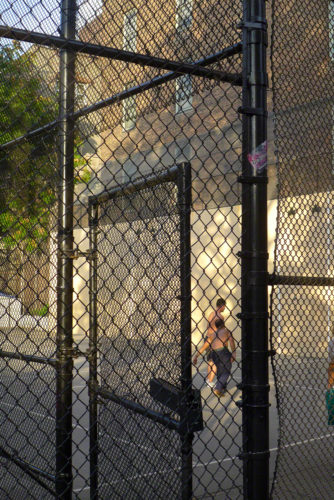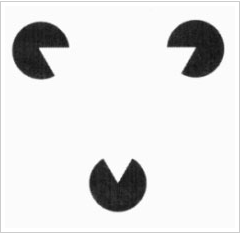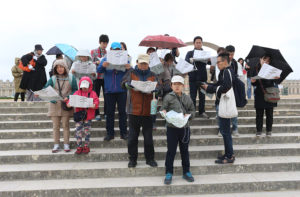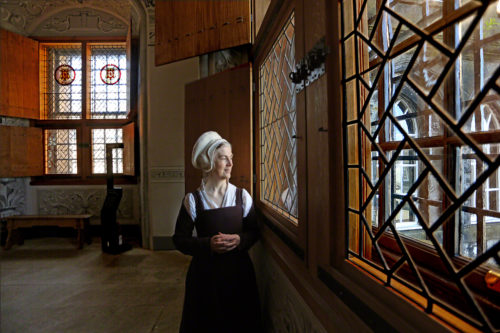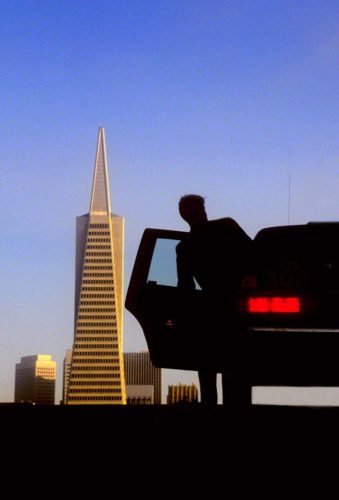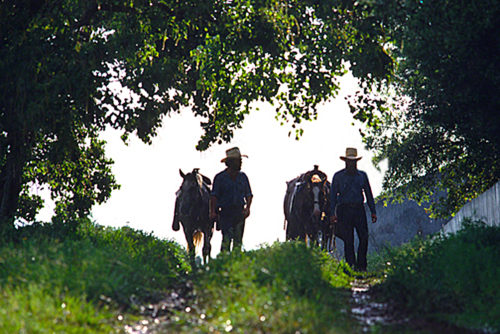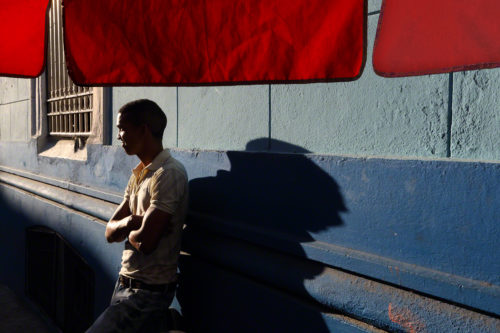Creating memorable photos, as you probably know, is not an easy task. Keeping the viewer around as long as possible is a very important ingredient in doing just that. Unless you’re shooting strictly for yourself, the idea is to take control of how the viewer perceives and processes our images. Making him an active participant is the best way I know of to achieve this lofty goal.
In my part II online class with the BPSOP, we spend an entire lesson just working with Line; the most important of all the basic elements of visual design. I will also talk about this element in my workshops I conduct all over the planet.
One of the best ways to keep the viewer involved is to use Line to move the viewer around your composition. Leading him in and out of the frame using lines to do so will keep him interested. Another way to use Line effectively is to arrange the lines to leave an impression or make a statement that communicates a visual idea.
In the above photo, I came around the corner, looked down, and saw this happening right in front of my eyes. The first thing I thought about was the artist M.C. Escher. The second was what a great way to not only move the viewer around, but to keep him around by offering six to eight seconds of visual entertainment.
When you look at these images, you can’t help but to follow the lines, and steps from one side of the frame to another; letting the viewer enter and leave the frame at different points in the composition.
By using the right side of my brain, the creative side, I was able to see this subject not as a walkway and steps that I would see by only using the left side, but a series of patterns, lines, and shapes; all basic elements of visual design.
So, my fellow photographers, look for ways to move the viewer around your frame, and you’ll be taking your imagery what I refer to as”up a notch”.
Visit my website at: www.joebaraban.com, and check out my workshop schedule at the top of this blog. Come shoot with me sometime.
JoeB

